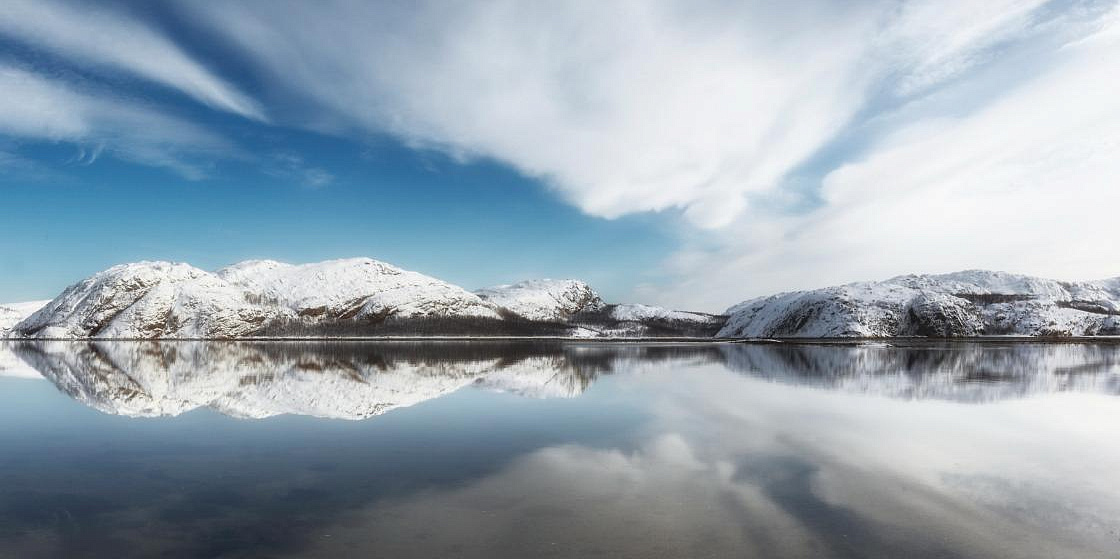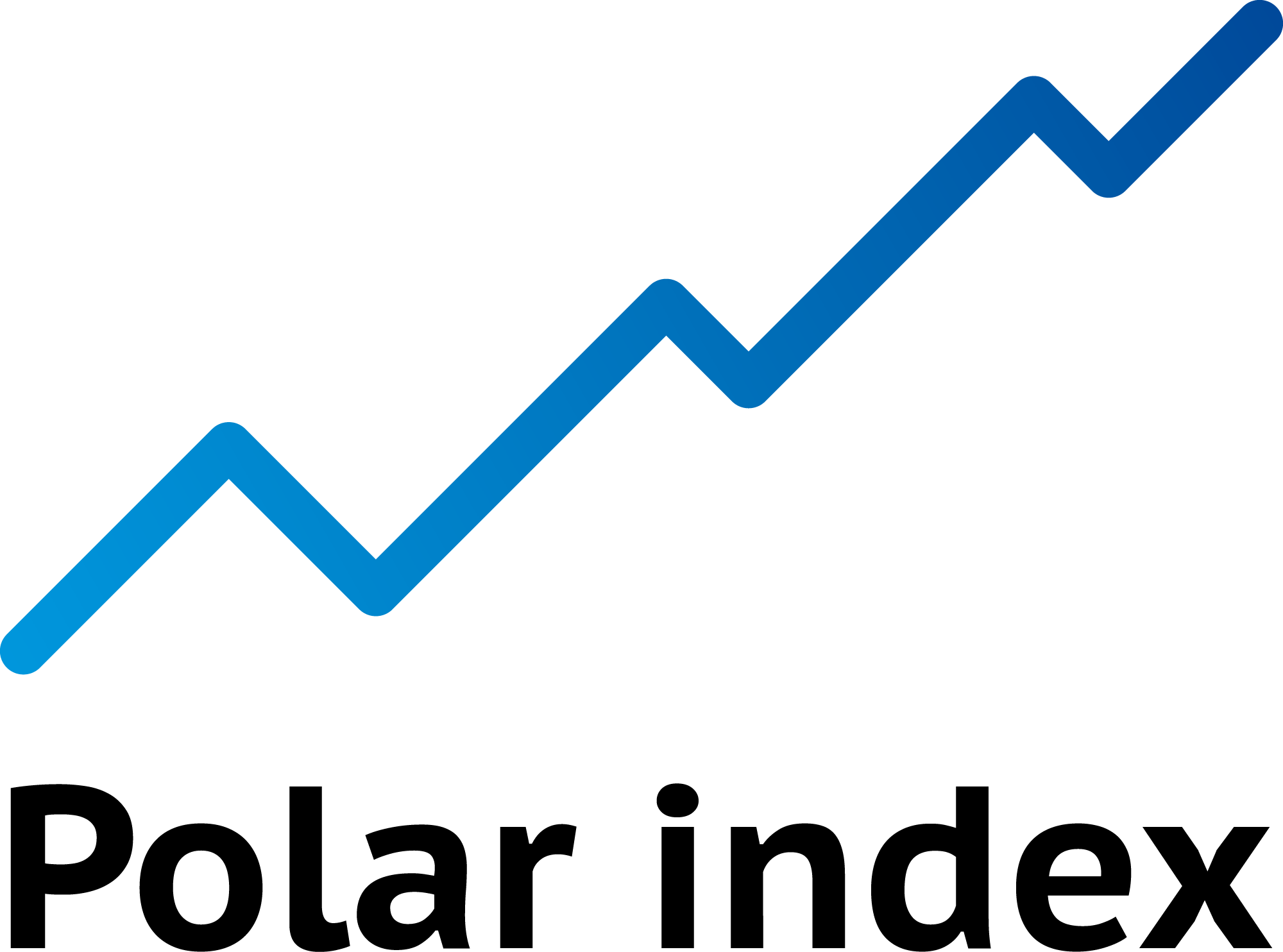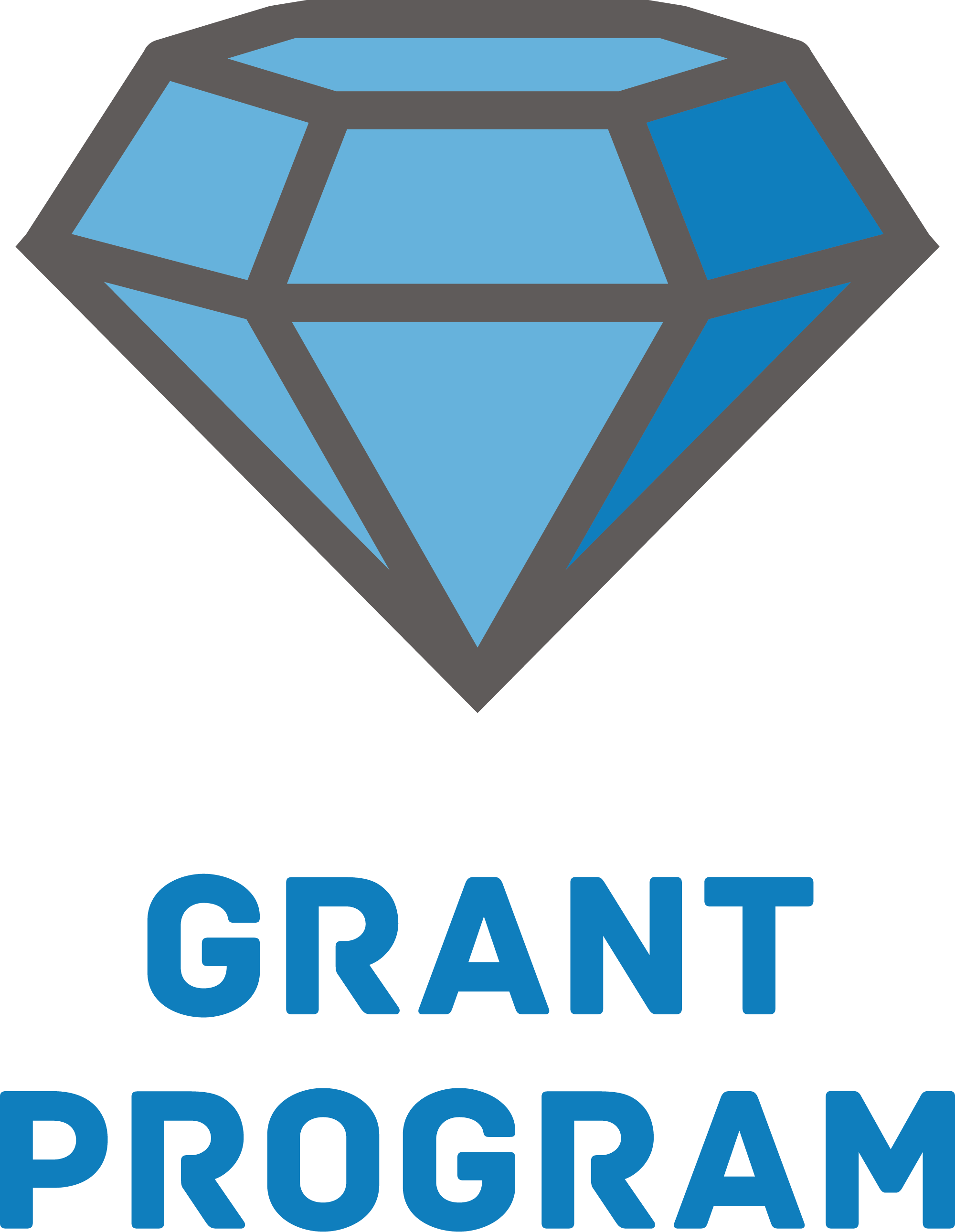
Photo: Trifonova Lubov/GeoPhoto.ru
Arctic in 2021: Top Trends and Events
Below is a recap of top Arctic stories of 2021 by Alexander Stotskiy, PORA CEO
Russia assumed chairmanship in the Arctic Council
In May, Russia took the chairmanship from Iceland in the Arctic Council, a key international organization of high-latitude nations, for 2021-2023. Themed “Responsible Governance for a Sustainable Arctic”, the Russian chairmanship programme defines such priorities as protecting people of the Arctic, including Indigenous Peoples, promoting sustainability and socio-economic development, fostering synergy and cooperation within the region, and taking steps aimed at strengthening the Arctic Council.Arctic benefits attract new investments
A package of benefits and preferences offered under the special economic area introduced in the Russian Arctic in 2020 proved to be a new potent driver of economic growth. In 2021, 288 companies were registered as residents of the Arctic Zone. They pledged to invest some USD 4.3 billion into new projects in the High North and create a total of 11,000 jobs. An upward economic trend in the Russian Arctic is likely to be maintained in the coming years.Permafrost monitoring
Work is underway to design a national permafrost monitoring system. The system will be deployed as an addition to the existing environmental data collection network operated by the Weather Service. Having regular access to up-to-date data on the condition of permafrost will help experts to better understand ongoing changes, forecast trends, and come up with timely solutions to address emerging challenges.Pevek transport crisis resolved
The country’s key Arctic maritime lane, the Northern Sea Route (NSR), passed a major stress test in late autumn. With ice formation in the Arctic Ocean having started earlier than anticipated, 24 transport vessels were caught off-guard by ice on the NSR. Rosatom, the Russian nuclear monopoly in control of atomic icebreakers, took urgent steps to release the ships from the ice trap. The situation was resolved within several weeks. The lessons learnt will help to improve the NSR traffic planning -- a task of special importance given the increasing freight movement on the NSR.Shipbuilding for high latitudes
Expansion and development in the Arctic greatly rely on the ability to physically access its remote areas -- and this is exactly why shipbuilding is crucial for the High North. In late December, Sibir, an advanced nuclear-powered icebreaker in the Project 22220 family, was commissioned, while its sister ship, Arktika, underwent scheduled repairs and fine-tuning needed to put it back on track. In turn, the Zvezda Shipyard located in the Far East has been making progress with the construction of new ice-resistant tankers capable of delivering oil and LNG from Russia’ Arctic projects to European and Asian markets.The Arctic is getting cleaner
Clean Arctic, a large-scale environmental project bringing together volunteers, conservancy activists, regional authorities, ecology experts, and businesses, kicked off in Russia. The project’s objective is to stage a massive cleanup effort in high-latitude areas of Russia with a view to removing illegal dumpsites and collecting solid municipal waste accumulated over the course of decades. In 2021, Clean Arctic volunteers collected more than 1,500 tons of SMW and cleaned up more than 110 hectares of land.FPIC as a new corporate practice
In 2021, a procedure for obtaining free, prior and informed consent of Indigenous Peoples (FPIC) was initiated for the first time in the Russian Arctic by metal producer Nornickel. The FPIC process, supported by PORA, kicked off on the Taimyr Peninsula as part of a project to relocate the residents of the village of Tuhard. In addition, work is underway in Russia to incorporate the FPIC-related requirements into environmental law and respective administrative regulations based on best international practices and the Taimyr relocation experience.Major development projects
Key development projects in the Russian Arctic have been reportedly making significant progress. For instance, the construction of a submarine pipeline for Vostok Oil kicked off in West Taimyr to link up the project’s oil fields to a future oil export terminal. In turn, more investors have been showing their interest in joining the Arctic LNG 2 project, with top Indian companies having entered talks with Novatek on that matter. Rosatom commenced the construction of four floating nuclear power units for the Baimskaya copper and gold project in Chukotka, while Novatek announced yet another Arctic project, Obskiy Gas Chemical Complex, to supply blue ammonia to Europe and Southeast Asia.EU’s Arctic initiatives and climate regulations
The EU took steps to capitalize, via climate and conservancy agendas, its influence on the Arctic affairs. In July 2021, the European Commission adopted its proposal for a carbon border adjustment mechanism (CBAM) introducing compensatory payments for selected imports. In turn, the block’s recently announced Arctic strategy aims to impose a ban on mining and drilling in the High North. While voicing concerns in respect of the EU’s intention to cast influence on policies and economic choices of the Arctic nations, Russia has launched work to design a national carbon credit system. The latter, being potentially beneficial for the environment in the High North, will also help Russia to find common ground with the EU in terms of harmonizing their carbon offset regulations and practices.Norilsk renovation plan
The Federal Government of Russia approved the Norilsk Development Plan until 2035, a document providing for massive renovation in the world’s second largest Arctic city. The plan’s initial budget being around USD 1.6 billion (1.1 billion of which to be covered by big private companies operating in the region), Nornickel decided to add 2 more billion USD to this sum under its ESG policy.
30 December 2021




